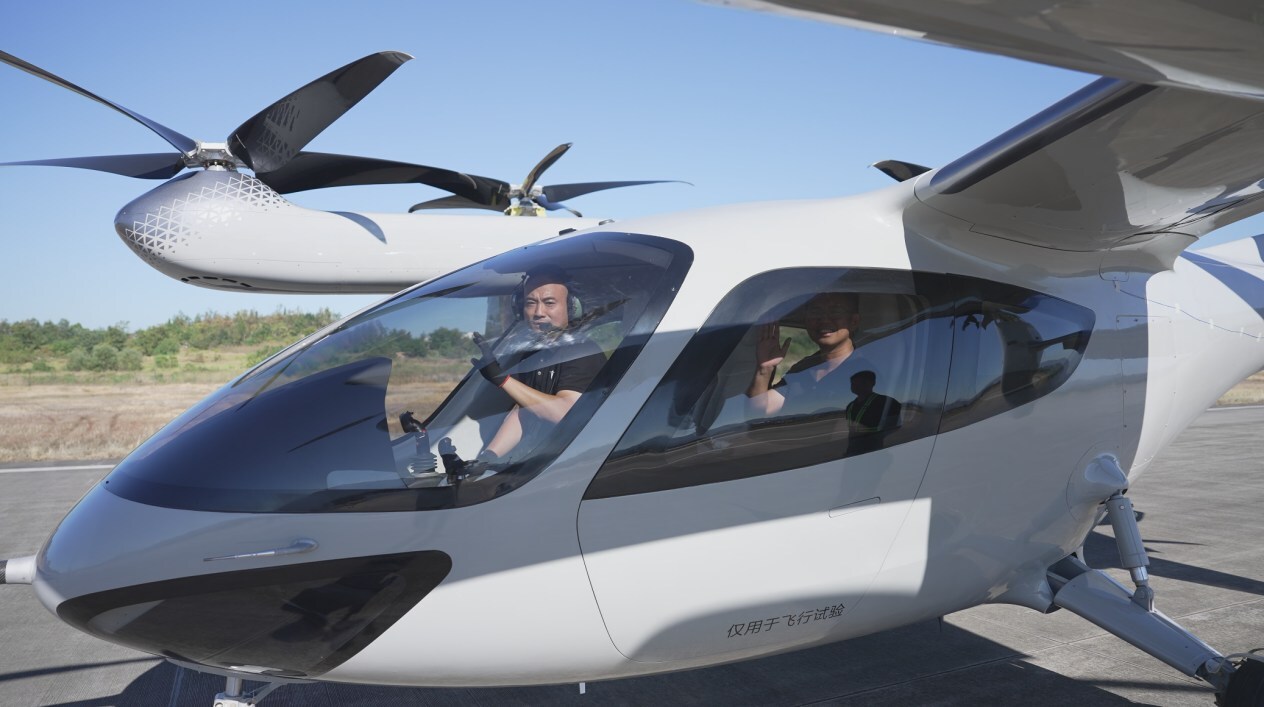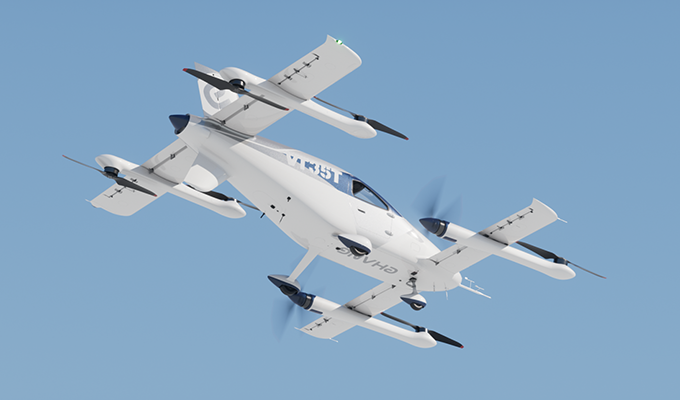XTI Aerospace has made a critical systems selection for their groundbreaking TriFan 600, choosing Garmin’s G700 TXi avionics system for what promises to be one of the most intriguing aircraft developments in recent memory.
The announcement came August 21, 2025, marking what XTI calls a “significant milestone” in their development program. But the real story here isn’t just about avionics. It’s about an aircraft that challenges conventional thinking about what vertical flight can be. This isn’t just another VTOL aircraft announcement; it’s a deliberate step toward creating something that doesn’t quite exist yet: a machine that flies like a business jet but takes off like a helicopter.
Beyond the Urban Air Taxi Crowd
Most VTOL aircraft under development today target short urban hops with electric powertrains. The TriFan 600 takes a completely different approach. XTI has designed what they term a “vertical lift crossover airplane” that aims to compete with turboprops and light business jets rather than city air taxis.
The performance numbers tell the story. While typical eVTOL aircraft cruise at around 150-200 mph with ranges under 100 miles, the TriFan 600 targets a 345 mph cruise speed with a VTOL range of 700 miles. That puts it in a different performance class entirely. You could fly from New York to Atlanta without stopping, landing on a helipad at both ends.
The aircraft accommodates a pilot plus up to six passengers in a pressurized cabin that climbs to 25,000 feet. These aren’t urban commuter specs, they’re business aviation numbers with helicopter convenience thrown in.
The TriFan 600’s ambitious performance comes from twin Honeywell HTS900 turboshaft engines producing 1,021 shaft horsepower each at sea level. These aren’t the electric motors powering most VTOL concepts. They’re proven turbine engines that burn jet fuel and deliver the power density needed for real-world missions.
The propulsion system routes power through a complex drivetrain to three ducted fans: two forward fans that tilt for transition flight and one rear fan used only during vertical operations. Triumph Geared Solutions provides the primary and secondary gearboxes, while Kamatics Corporation handles the precision drive shafts, and Formsprag Clutch develops the clutch mechanisms that make the whole system work.
This arrangement allows the aircraft to operate in three modes. For vertical takeoff, all three fans provide upward thrust. Once airborne, the front fans tilt forward and the aircraft transitions to conventional wing-borne flight while the rear fan shuts down and gets covered to reduce drag. The aircraft can also use short runways by positioning the front fans at intermediate angles.
One of the TriFan600’s key advantages over helicopters comes from its ducted fan design. Traditional helicopter noise comes primarily from blade tips moving at high speed through the air. The duct around each fan acts like a giant silencer, significantly reducing noise compared to open rotors.
Avionics for Complex Flight
The Garmin G700 TXi selection addresses the unique challenges of an aircraft that must seamlessly transition between helicopter-like vertical flight and business jet-like cruise performance. The system provides dual large-format displays with touchscreen interfaces, synthetic vision technology for terrain awareness, advanced flight management capabilities, and smart autopilot integration with envelope protection.
These features become critical during the transition phase when the aircraft moves from vertical to horizontal flight. Pilots need exceptional situational awareness as the flight envelope changes dramatically within seconds. The G700 TXi’s open architecture allows integration with the twin turboshaft engine FADECs, ensuring coordinated power management during complex flight phases.
The avionics selection also represents a de-risking strategy for XTI. Rather than developing proprietary flight systems, they’ve chosen proven hardware with extensive certification history. This should streamline FAA approval compared to completely new avionics architectures.
Looking Toward First Flight
XTI continues advancing toward developmental flight tests scheduled for 2027. The company has built a full-scale flight deck mockup to optimize pilot interfaces and is preparing subscale models, including “Sparrow,” a 1:15 scale unmanned aircraft, for transition flight validation.
The Garmin G700 TXi selection represents another piece falling into place for what remains an ambitious program. XTI completed a $16 million public offering in June 2025, with an additional $2.4 million raised through over-allotment exercises in July, bringing total proceeds to $18.4 million. The company has also significantly strengthened its corporate advisory board with aerospace and defense leaders, including Steve Griessel, former Group CEO of Paramount Group Ltd., and Charlie Burgoyne, founder of AI companies Valkyrie and Andromeda who serves as advisor to U.S. Central Command.





